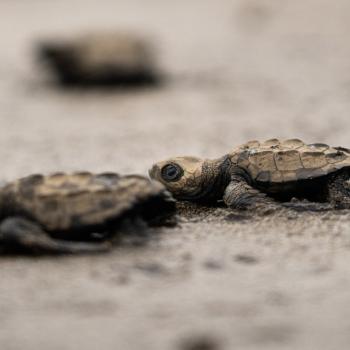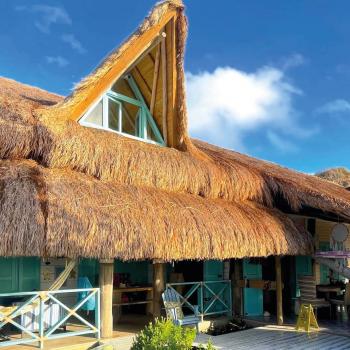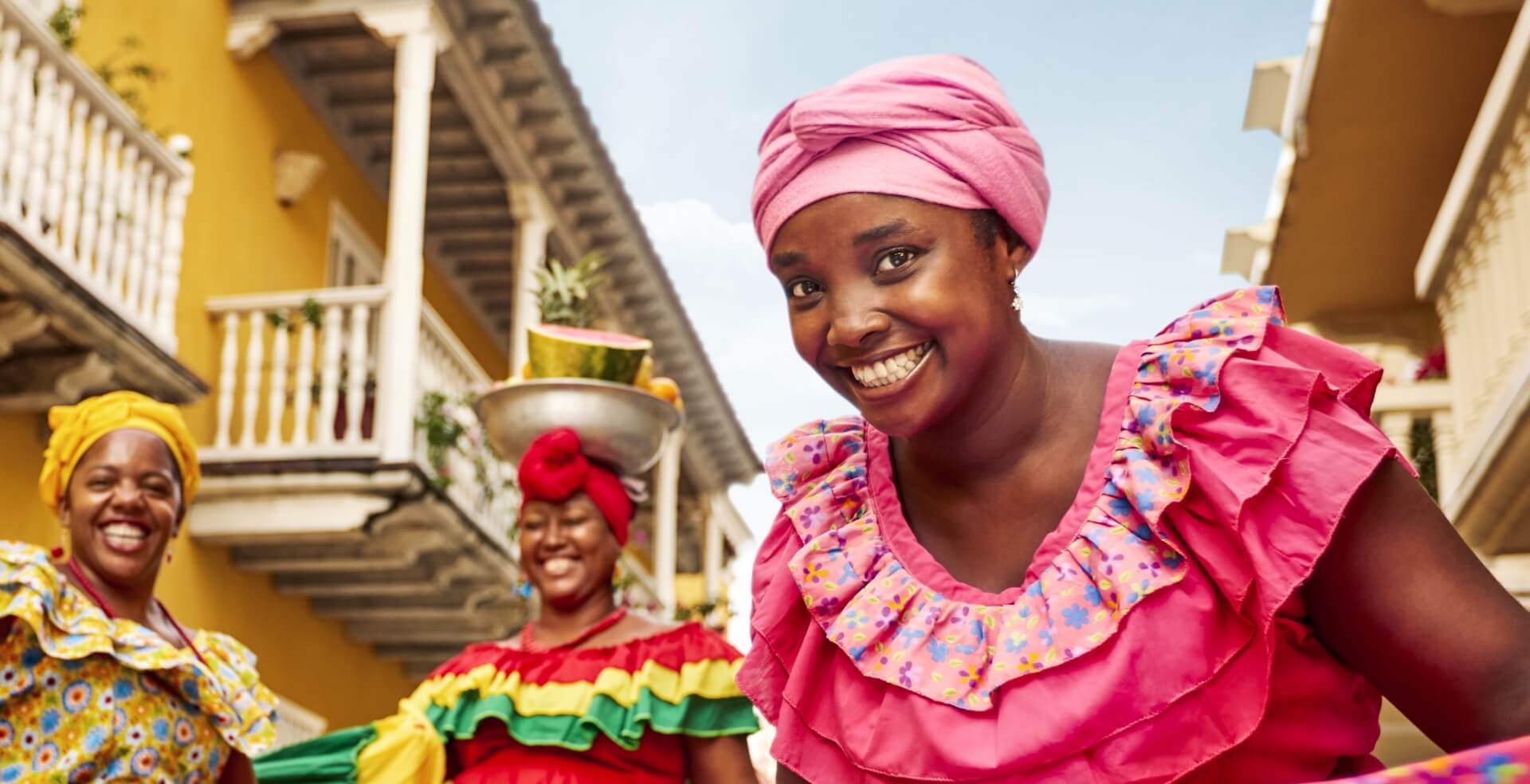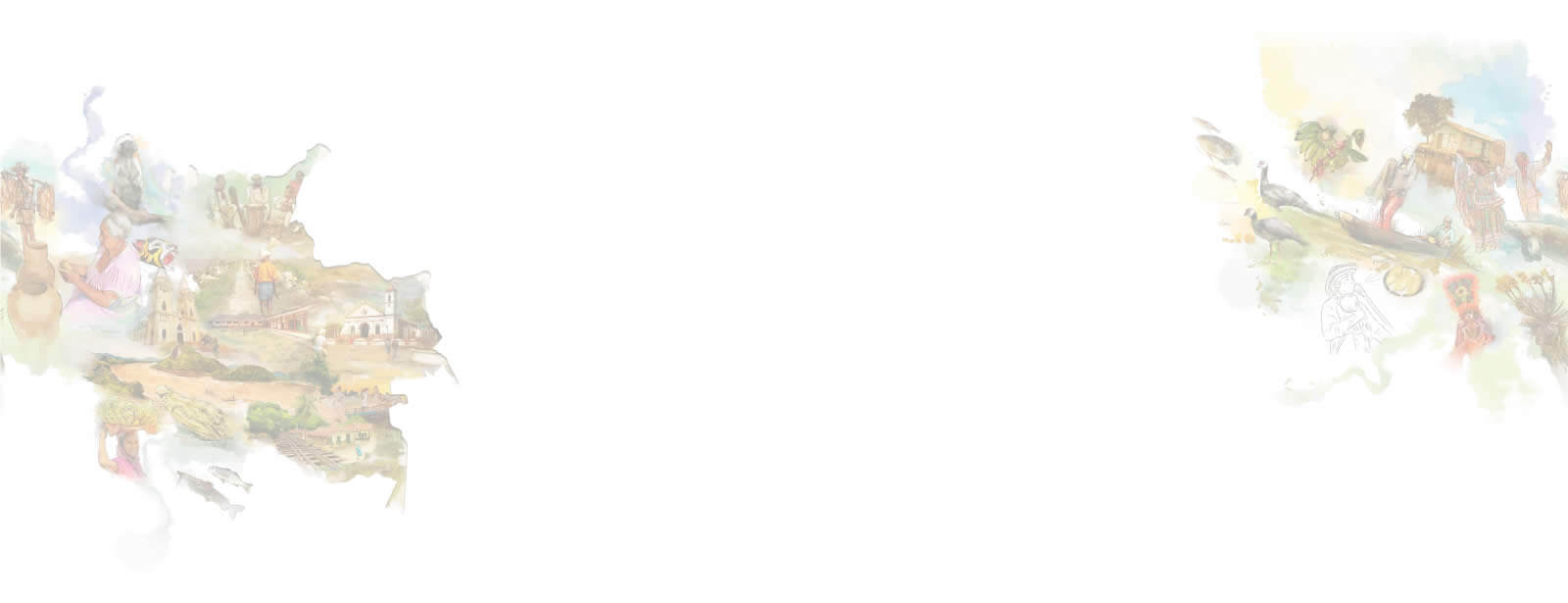We want you to enjoy Colombia to the max, and that means tasting the full, exotic range of Colombian cuisine. Seek out these unique and mouth-watering tastes!
Colombian cuisine: A history of fusing different traditions
Colombian food covers a wide range of eras, places and historical characters. At times, it’s like watching a foreign movie with subtitles – an incredible pleasure, but best if you have a little help to know what you’re consuming. Colombia’s gastronomy is rich in tastes, preparations and ingredients, and here we present our guide to enjoying them:
Scene One: It’s 1499 and the Spanish happen upon the Americas. They bring not only their customs, but their food, including wheat, sugar cane, rice, coffee, citrus fruits, olive trees, melons, mangoes and hemp…
(Spoiler alert: this story is going to make you hungry)
Flashback: Before the Spanish arrived, the area later known as the Americas that included, of course, Colombia, was already inhabited by its main characters: many hundreds of indigenous peoples.
Their diet varied between cultures, but ultimately was one of hunting and foraging: they dined on birds, fish and wild animals, prepared delicious bone broths (hence the Colombian fondness for soups) and were passionate about fruit and vegetables, particularly their many health and medicinal properties.
Scene two: The cast of this movie is missing one vital component: African-descendant communities, once brought to the country as enslaved peoples of the Spanish, brought their own culture and knowledge to the history of Colombian cuisine.
You may also be interested in: The best places in Colombia to taste Colombian food
Colombian gastronomy: 5 exotic foods
A delicious, crunchy, mouth-watering… ant. The delectable, enticing, juices of… larvae. No, we’re not talking about the cuisine devoured by a bunch of shipwreck survivors in a desert island movie, we’re talking about two great delicacies in Colombian gastronomy.
You don’t have to be an action hero to appreciate their flavor, it’s all part of the charm of Colombian gastronomy:
1. Big-butt ants
It’s funny how ants are often the stars of the big screen. We’ve seen them building colonies, and conquering territory but have we ever celebrated edible ants? We certainly do in Colombia, particularly in the departments of Santander and the North of Santander where these insects are the stars of the culinary tradition.
This delicacy, affectionately known as ‘big-butt ants’, has been a part of Colombian cuisine for more than 500 years, a tradition inherited from the country’s indigenous cultures, which have infused it with their ancient wisdom.
The name comes from the insects’ bulky posterior dimensions, to put it politely, and, as a snack, big-butt ants are simple to consume. Just like peanuts, they go best with a cold beer or other refreshing beverage. The city of Bucaramanga, capital of Santander, is the best place to find and consume them with friends.
Known as ‘the city of the parks’, Bucaramanga also boasts the tallest sculpture of Jesus in Colombia, standing at a whopping 35m, and is close to the Chicamocha National Park, home to one of the world’s deepest and most impressive canyons – Chicamocha Canyon.
2. Mojojoy larvae
Once you’ve enjoyed a plate of big-butt ants, seek out another unlikely but intense culinary pleasure in the form of the chunky Mojojoys, with their distinctive black heads.
At another time you would have to travel hundreds of kilometers from Colombia’s capital to enjoy them, traversing the world’s largest rainforest and seeking the advice passed down through generations of indigenous cultures, in your very own action movie.
But now, it’s quite easy to find them. They’re a common treat in the Colombian Amazon-Orinoco region, where they are mostly consumed by indigenous groups. You’ll be asked if you would like to try them raw, grilled or fried. The choice is yours!
There is plenty of adventure to be had in Letitica, capital of the Amazonas department, once you’ve tasted this star of the local cuisine. Head to the Plaza Mayor to watch the sunset and see the sky turning various shades as thousands of macaws roost for the night.
Or you can travel west to Putumayo and tour the Arauca River, where you’ll find the ‘toninas’ or pink river dolphins that sail alongside the wooden boats, hoping, perhaps, that you might accidentally drop a bite of your mojojoy over the side…
You may also be interested in: Encanto de la sabiduría ancestral colombiana
3. ‘Paw’ or ‘Hoof’ jelly
It sounds like a magic potion in a fantasy film that will transform you into a bird or beast, or give you magical powers that will enable you to run like the wind. But this treat isn’t something created by a mad scientist, it’s a jellied sweet with a story behind it.
‘Paw’ or ‘hoof’ jelly is a typical candy in Colombia, sold in streets and plazas, particularly in Cali, the city of salsa, where it is most popular. It’s a taffy-like delicacy that sits in the palm of your hand, and even though it’s sweet, it’s actually made by the long, slow cooking of a leg of beef – hence the name. Some makers flavor it with vanilla.
This staple of Colombian street food is best enjoyed in Cali itself, a city that lives and breathes music and culture, so, once you’ve dined, you can head to a salsa show and immerse yourself in its citizens’ rhythm and skill. During the day, you can transport yourself with a trip on the Pance River.
As a famous song says of this city, which sits in a deep valley and is bathed by warm, tropical breezes: “There’s nothing quite like Cali … everything else is just hills.”
4. Calf testicle soup
From hills to mountains, let’s move to Manizales, in the heart of the Colombian Coffee Cultural Landscape and nestled deep in the Western Colombian Andes. You’re cold, when you arrive. You’re looking for something hot and comforting and settle on the soup. You scan through the menu and “criadilla soup” catches your eye.
What on earth is that?
Criadillas, or turmas, are the polite words Colombians use to refer to a calf’s testicles, and that is exactly what is on offer here. ‘Calf testicle soup’ isn’t just recommended for those feeling a mountain chill in the air. In fact, Colombians recommend it for every kind of ailment, including hangovers, the flu, and generally feeling blue.
The annual Manizales Fair is well-known for its music, fun and folklore, but there is plenty to enjoy in Manizales all year round. Conquer the Nevado del Ruiz volcano, stroll through Manizales Cathedral, and savor a cup of the world’s finest coffee.
5. Guinea Pig (‘El Cuy’)
Movies are full of charismatic rodents. Sometimes they transform themselves into chefs, sometimes they’re villains. Rodents play a surprising role in Colombian cuisine too.
In the south of Colombia, in the department of Nariño in the Colombian Massif, you’ll find cooked guinea pigs, which are revered as a traditional delicacy. The most common way to offer this animal is to cook it and serve it with popcorn and boiled potatoes.
The meat is tender, sometimes compared to chicken. One of the best things about trying guinea pig, or ‘el cuy’ as it is known, is that this region is a spectacular one for other tourism activities too. Once you’ve eaten, you can head to see a church built on the edge of the abyss, Las Lajas Cathedral, which is one of the must-see sights in Colombia.
6. Pepitoria
No, it’s not a horror film. It’s not even that exotic. This blood-based dish (yes, you read that correctly) has a prequel in Spain, just as if it were a character in a film.
Of course, there is more to pepitoria than blood. This side dish is a mash-up of goat’s blood and entrails mixed with rice, eggs, cheese and spices to create a delicious accompaniment, often to goat’s meat itself. It’s most popular in Santander.
Visit this part of Colombia and you won’t have to search far to find a piping hot dish of pepitoria, plus you will encounter some beautiful places too. It’s worth exploring the small towns nearby, such as Barichara, Giron and Zapatoca, all of which offer unique and historic architecture that would not be out of place in a period film.
Now we’ve offered you a full menu of delicious and exotic Colombian dishes, what’s the first you’re planning to try? It’s time to discover the many charms that the world’s most welcoming country has to offer.
You may also be interested in: Five traditional foods that tell you everything about Colombia



















